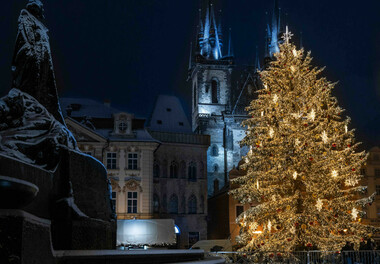The chestnut tree, a tree of the future
After oak trees and beeches, chestnut trees represent the third most important species of trees grown in France, chestnut groves cover 900.000 hectares, the largest standing trees stock in Europe.
The wood of the tall trees is used for furniture, door and window frames, telephone poles, railway sleepers, timber frames, avalanche barriers, slope stabilization and shipbuilding. Small branches are used for picket fences, stakes, posts, poles or casks and barrels for wine and spirits
It contains an excellent natural insecticide. Its tannin-rich wood, much more weather-resistant than other species, contains little sapwood., thick and thin branches can be used without chemical treatment in children’s outdoor play areas.
However, since the 19th century, chestnut trees have been attacked by diseases and pests which threaten their survival.
Today we must be careful about our ecological impact on the environment, chestnut tree wood is the wood of the future.



